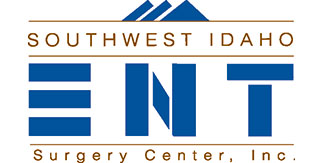 Sinus infections bring pain and discomfort to millions of Americans. When the condition is chronic or recurs frequently and medications do little to provide relief, then sinus surgery is often recommended. There are a couple of different procedures available, each with the same goal in mind: to remove nasal obstructions and enlarge the sinus openings, enabling drainage of fluids.
Sinus infections bring pain and discomfort to millions of Americans. When the condition is chronic or recurs frequently and medications do little to provide relief, then sinus surgery is often recommended. There are a couple of different procedures available, each with the same goal in mind: to remove nasal obstructions and enlarge the sinus openings, enabling drainage of fluids.
Sinus surgery is far more commonplace now than in the past. Advances in medicine have led to procedures that are minimally invasive with little risk for complications.
Sinus Surgery Procedures
Depending on the patient, there are several surgical sinus procedures available. These include:
- Functional endoscopic sinus surgery (FESS). This operation, developed in the 1950s, involves use of a nasal endoscope to open the natural pathways to the sinuses. A thin tube with a camera attached is inserted into the nose, and any obstructive tissue is removed. In most cases, the procedure is completed entirely through the nostrils, so no external scars are left behind. Swelling is limited, and pain or discomfort is mild.
- Image guided surgery. This procedure relies on a 3D mapping system using CT scans and information about the exact position of surgical instruments through the use of infrared signals. This allows the surgeon to accurately guide instruments through complex sinus passages and is especially helpful for those with chronic sinusitis or when previous sinus surgery has changed the usual anatomy of the sinuses.
- Balloon sinuplasty. In this surgical procedure, a balloon catheter is inserted through the nostrils into the sinus passages, and gently inflated. This causes the sinus cavity to expand, allowing for easier drainage. The balloon is then deflated and removed. This operation is minimally invasive, provides immediate relief, and results in a much quicker recovery. This procedure may not be adequate for moderate to severe sinus disease. Many patients are able to return to work the next day.
Each surgical procedure requires a different recovery period. Patients who undergo FESS or image guided surgery can expect to recover after three to five days. They should refrain from strenuous physical activity during this period and may need to change dressings and take pain medication. Balloon sinuplasty involves no cutting of tissue or bone, and patients generally recover more quickly.
Your doctor can advise which sinus surgery is best for you based upon your symptoms and unique condition.
Call Southwest Idaho ENT at (208) 336-4368 for more information or to schedule an appointment.


